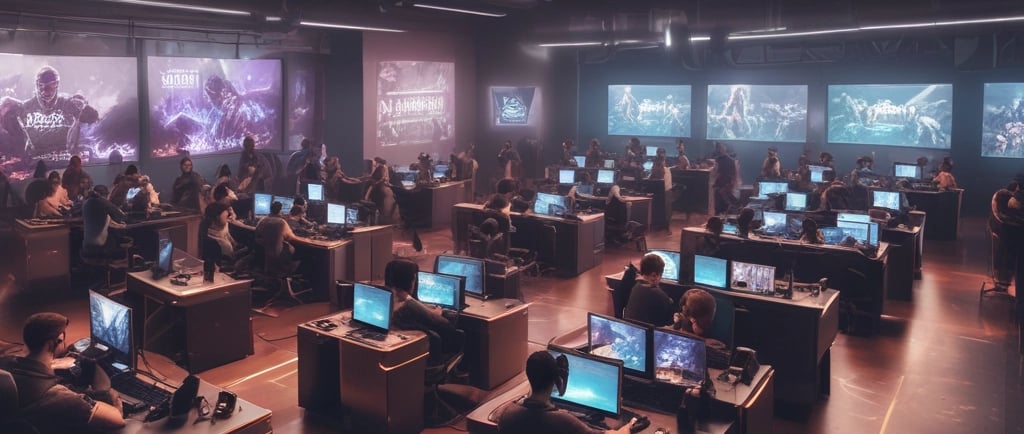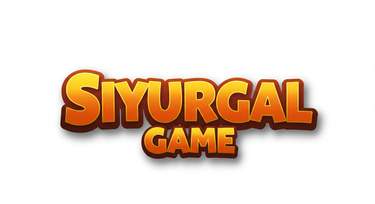Discover amazing discounts on creative designs!
Mastering Unity and Blender: A Complete Guide for Game Developers
In the world of game development, two tools stand out for their power, flexibility, and accessibility: Blender and Unity. Whether you're an indie developer, 3D artist, or hobbyist, mastering the workflow between these platforms can dramatically improve your productivity and the quality of your games. This guide explores how to use Blender and Unity together, from modeling and animation to exporting and integration.
Gamer
10/12/20253 min read


In the world of game development, two tools stand out for their power, flexibility, and accessibility: Blender and Unity. Whether you're an indie developer, 3D artist, or hobbyist, mastering the workflow between these platforms can dramatically improve your productivity and the quality of your games. This guide explores how to use Blender and Unity together, from modeling and animation to exporting and integration.
🧱 What Is Blender?
Blender is a free, open-source 3D creation suite used for modeling, sculpting, texturing, rigging, animating, and rendering. It’s widely adopted by indie developers and professionals alike due to its powerful features and active community.
Key Features:
Polygonal and sculpt-based modeling
UV unwrapping and texture painting
Rigging and skeletal animation
Physics simulations (cloth, fluid, smoke)
Add-ons for game asset optimization
Blender supports exporting to formats like FBX, OBJ, and STL, making it ideal for both game development and 3D printing.
🕹️ What Is Unity?
Unity is a cross-platform game engine used to create 2D, 3D, AR, and VR experiences. It’s known for its user-friendly interface, powerful scripting capabilities (C#), and a massive asset store.
Why Use Unity?
Real-time rendering and lighting
Built-in physics and animation systems
Cross-platform deployment (PC, mobile, console, VR)
Asset pipeline integration with Blender and FBX
Large community and plugin ecosystem
Unity is especially popular for indie games, mobile apps, and interactive simulations.
🔄 Why Use Blender and Unity Together?
Blender and Unity complement each other perfectly. Blender handles the creation of 3D assets, while Unity brings them to life in an interactive environment. This combination allows developers to:
Create custom characters, environments, and props
Animate models in Blender and import them into Unity
Optimize assets for performance and visual fidelity
Maintain full control over the creative pipeline
🛠️ Workflow: From Blender to Unity
Step 1: Model Creation in Blender
Start by creating your 3D model in Blender. Use quads instead of triangles for better deformation during animation. Keep your polycount optimized for real-time performance.
Step 2: UV Unwrapping and Texturing
Unwrap your model using Blender’s UV tools. Apply textures and materials using PBR (Physically Based Rendering) principles. Unity supports PBR materials, so your model will look consistent across platforms.
Step 3: Rigging and Animation
Use Blender’s Armature system to rig your character. You can animate directly in Blender using keyframes or import motion capture data. Keep animations in Action Editor for Unity to recognize them separately.
Step 4: Exporting to FBX
Export your model as FBX with the following settings:
Apply Transform: ON
Forward: -Z Forward
Up: Y Up
Bake Animation: ON (if animated)
Apply Modifiers: ON
FBX is Unity’s preferred format for animated and rigged models.
Step 5: Importing into Unity
Drag and drop the FBX file into Unity’s Assets folder. Unity will automatically import the mesh, materials, and animations. You can assign the model to a Prefab, add colliders, and attach scripts.
🧩 Unity FBX vs. Blender Files: Which to Use?
Unity supports importing .blend files directly, but using FBX is more reliable for production. FBX ensures:
Better animation compatibility
Cleaner material handling
Fewer version conflicts
Use .blend files for quick prototyping, and FBX for final builds.
🖨️ STL Files: For 3D Printing Game Assets
If you want to 3D print your game characters or props, export them as STL from Blender. STL is a mesh-only format (no textures or animations) used by slicing software like Cura or PrusaSlicer.
Tips for STL export:
Apply all modifiers (Ctrl+A)
Remove non-manifold geometry
Ensure watertight mesh
Scale to real-world units (mm)
This is perfect for creating collectibles, prototypes, or physical merchandise from your digital assets.
🧠 Best Practices for Unity + Blender Workflow
Use consistent scale: Blender uses meters, Unity uses meters too, but 1 unit = 1 meter. Keep scale consistent to avoid resizing issues.
Name bones and objects clearly: Helps with animation retargeting and prefab organization.
Use texture atlases: Reduce draw calls in Unity by combining textures.
Keep animations modular: Export walk, run, idle, and attack as separate actions for Unity’s Animator Controller.
Test often: Import early and often to catch issues before final export.
📚 Learning Resources
Blender to Unity Integration Guide
Building Interactive 3D Environments
Udemy: Blender 3D Modeling for Unity
🚀 Final Thoughts
Combining Blender’s creative power with Unity’s real-time engine unlocks endless possibilities for game developers. Whether you're building a stylized indie game, a realistic shooter, or a VR experience, mastering this workflow gives you full control over your assets and performance.
At siyurgalgame.com, we offer free and premium 3D assets, including STL, FBX, and Unity-ready models. Explore our library, follow our tutorials, and take your game development to the next level.
